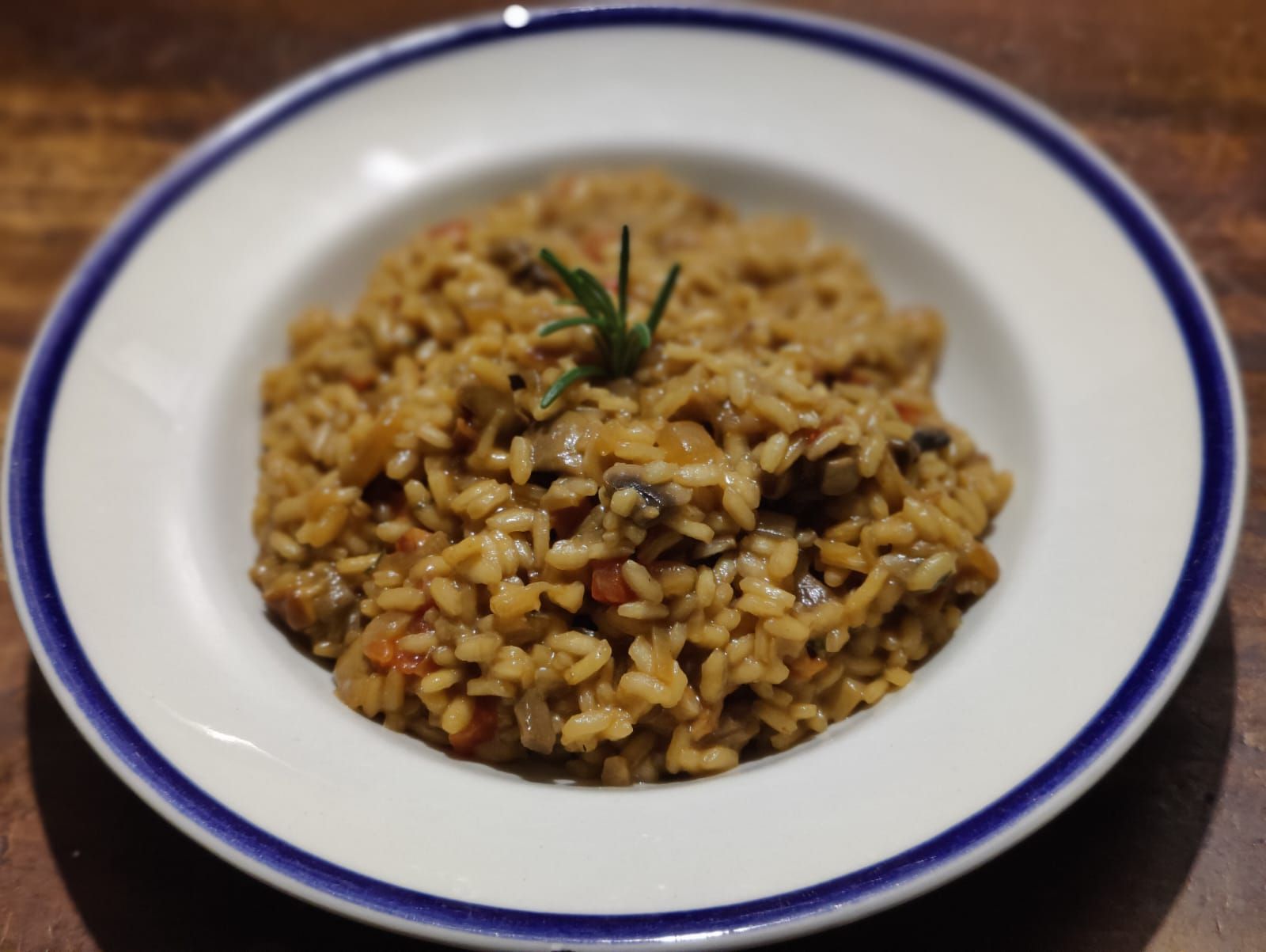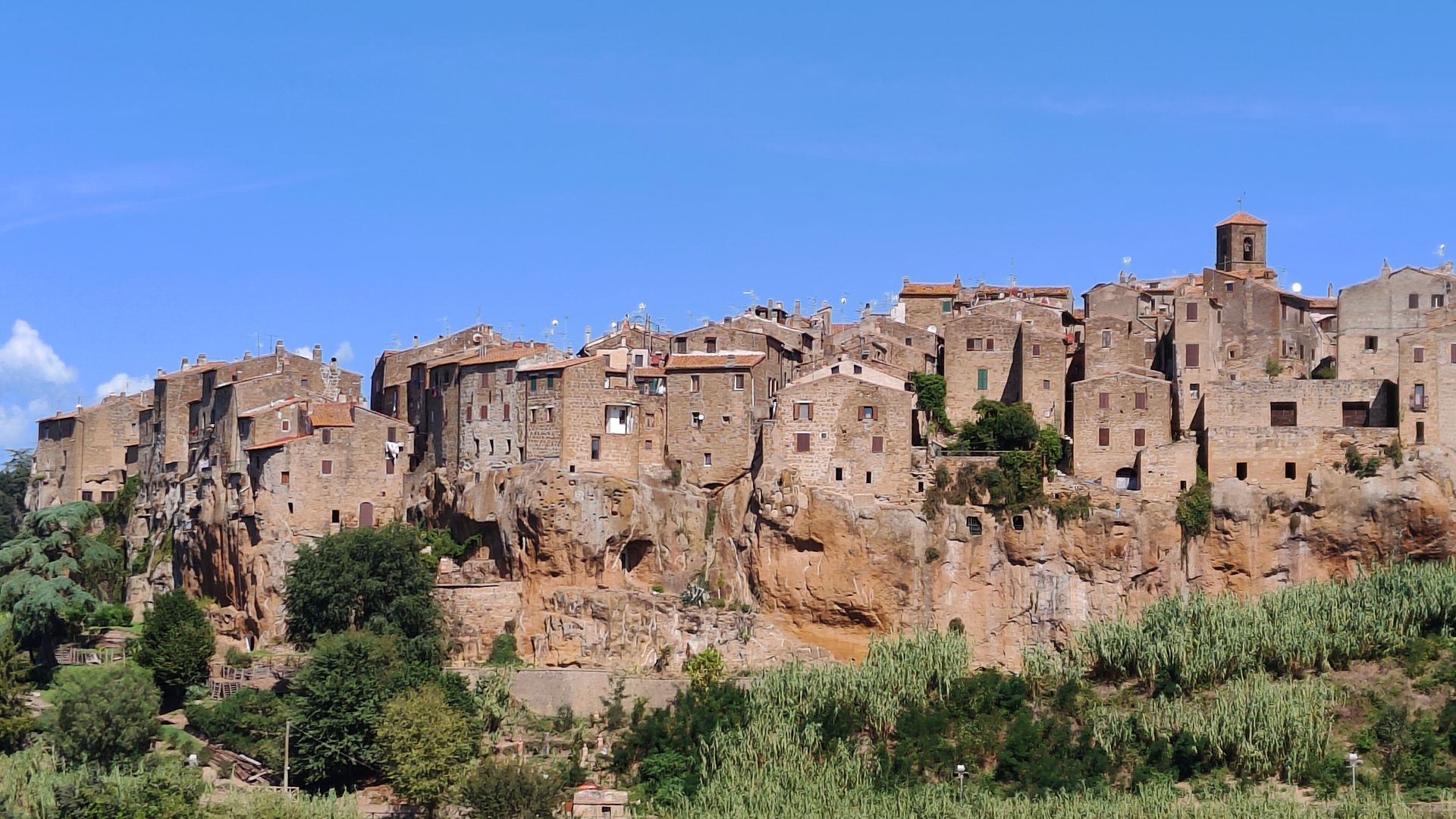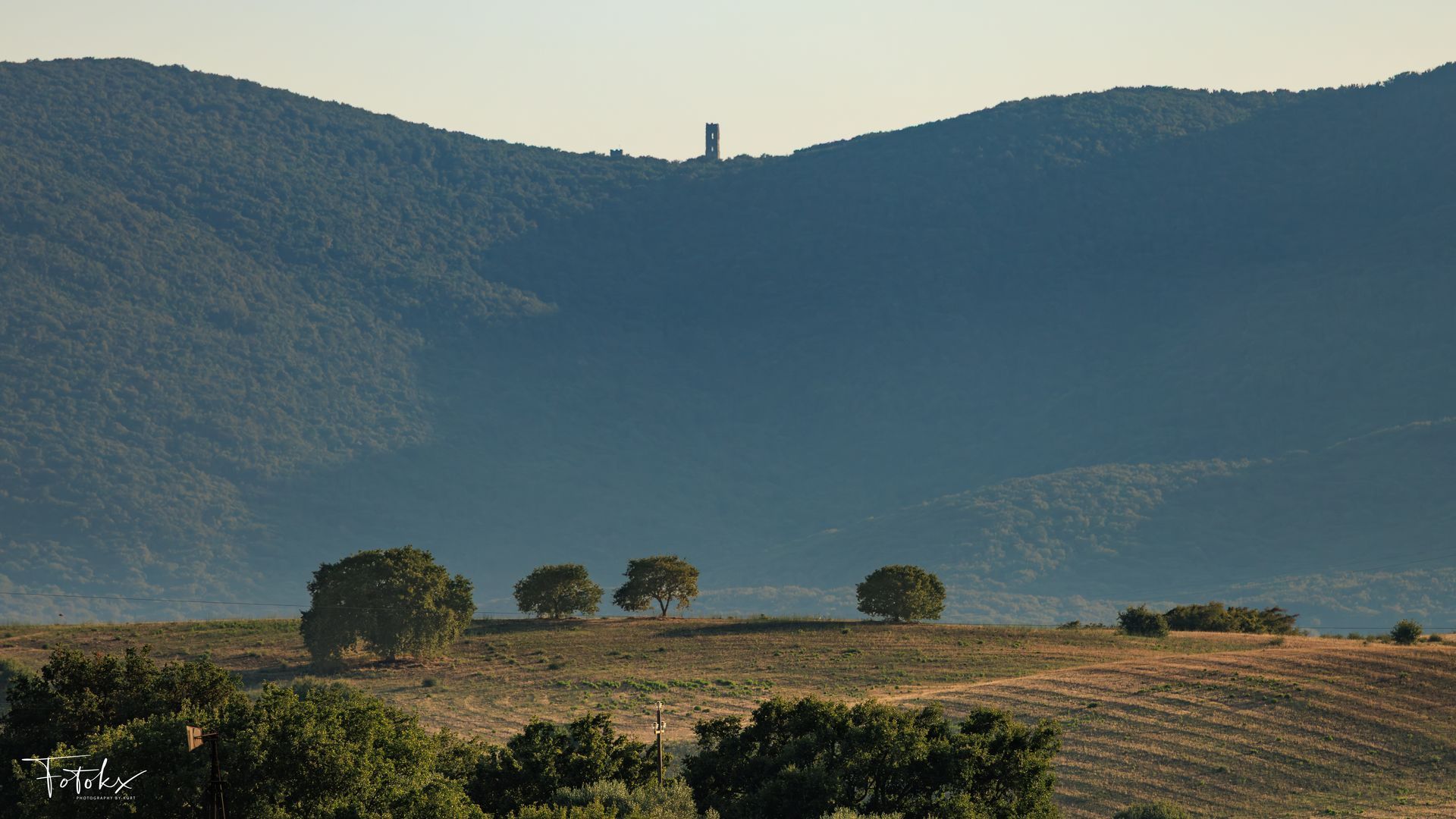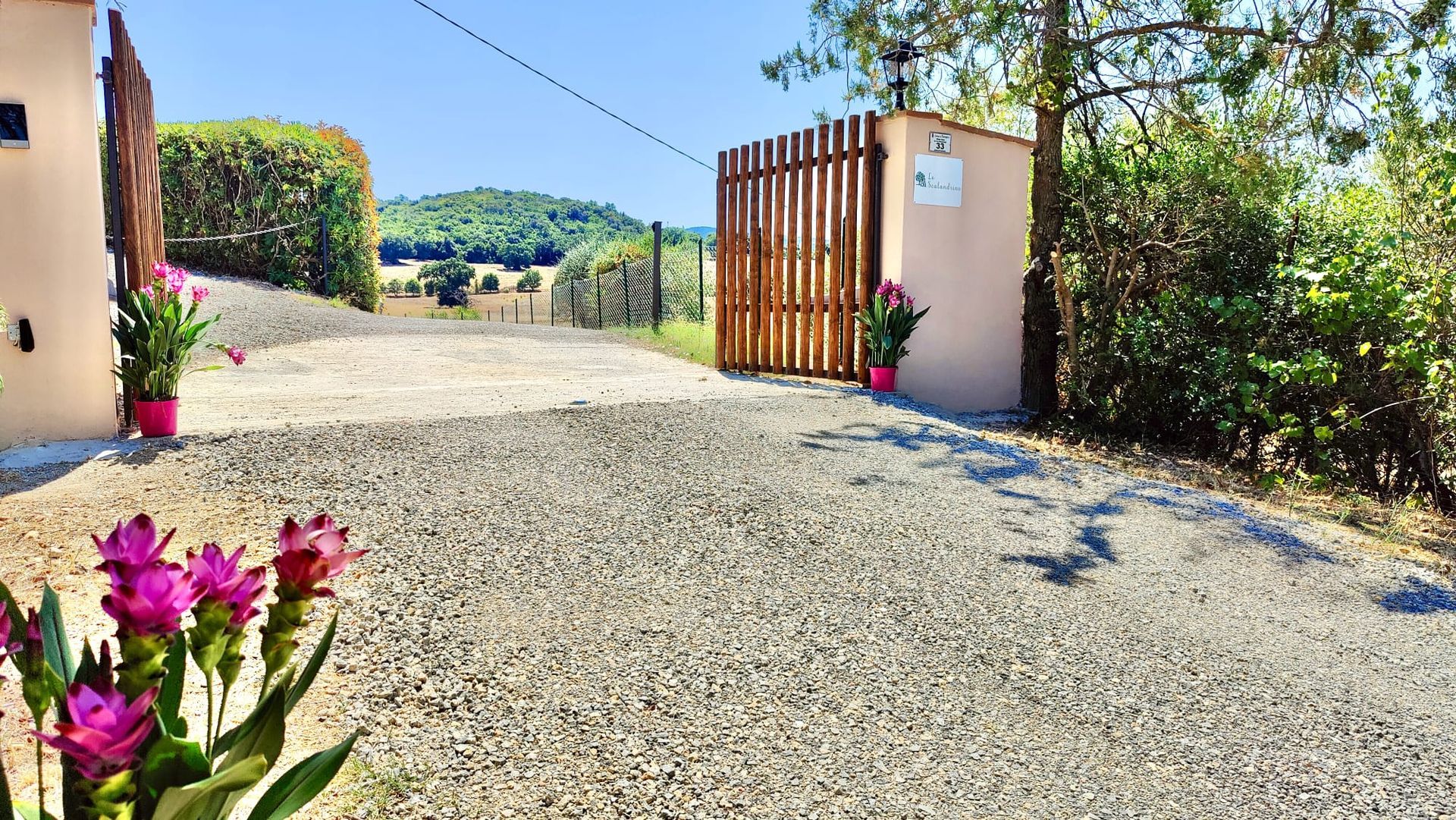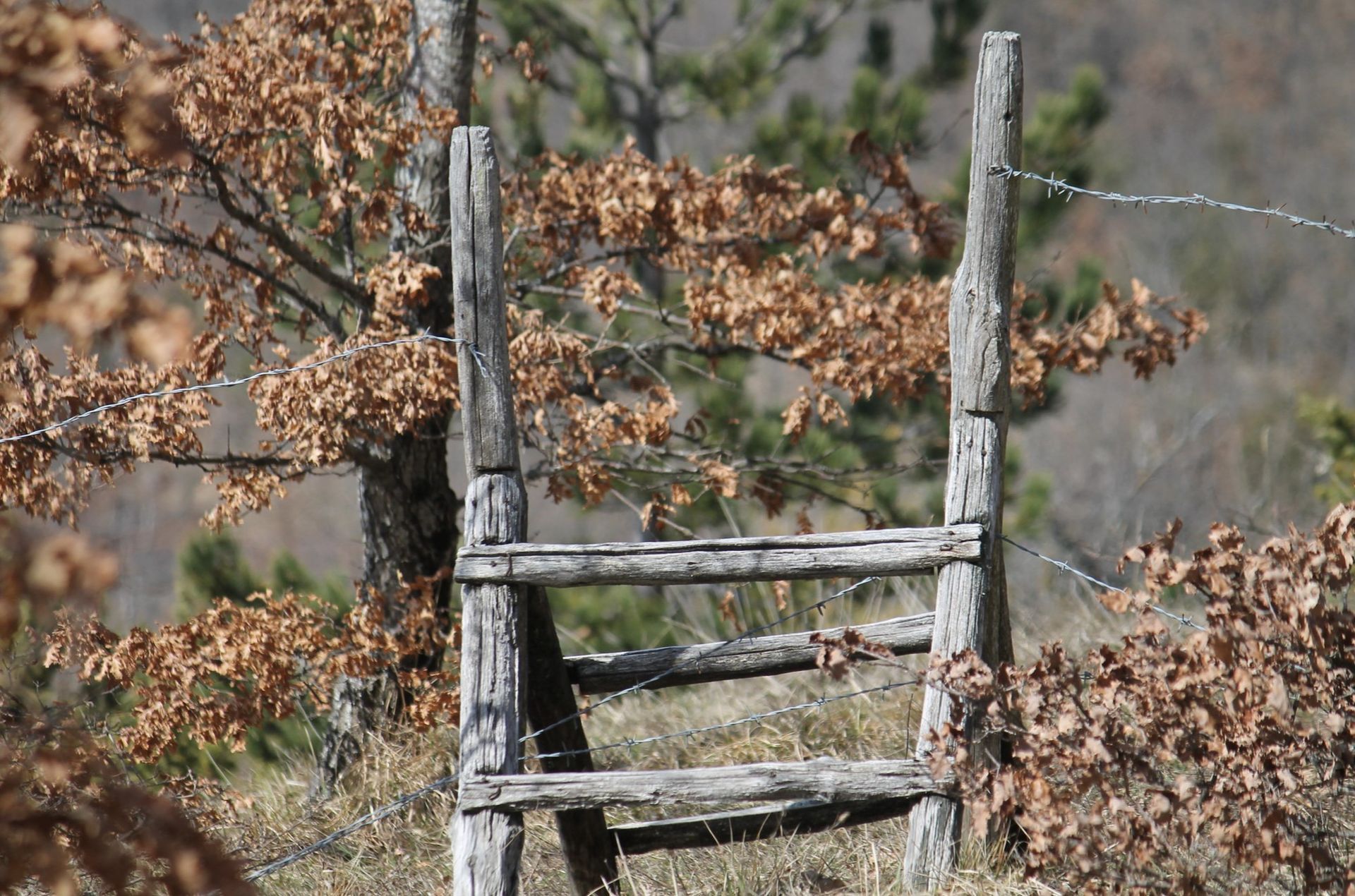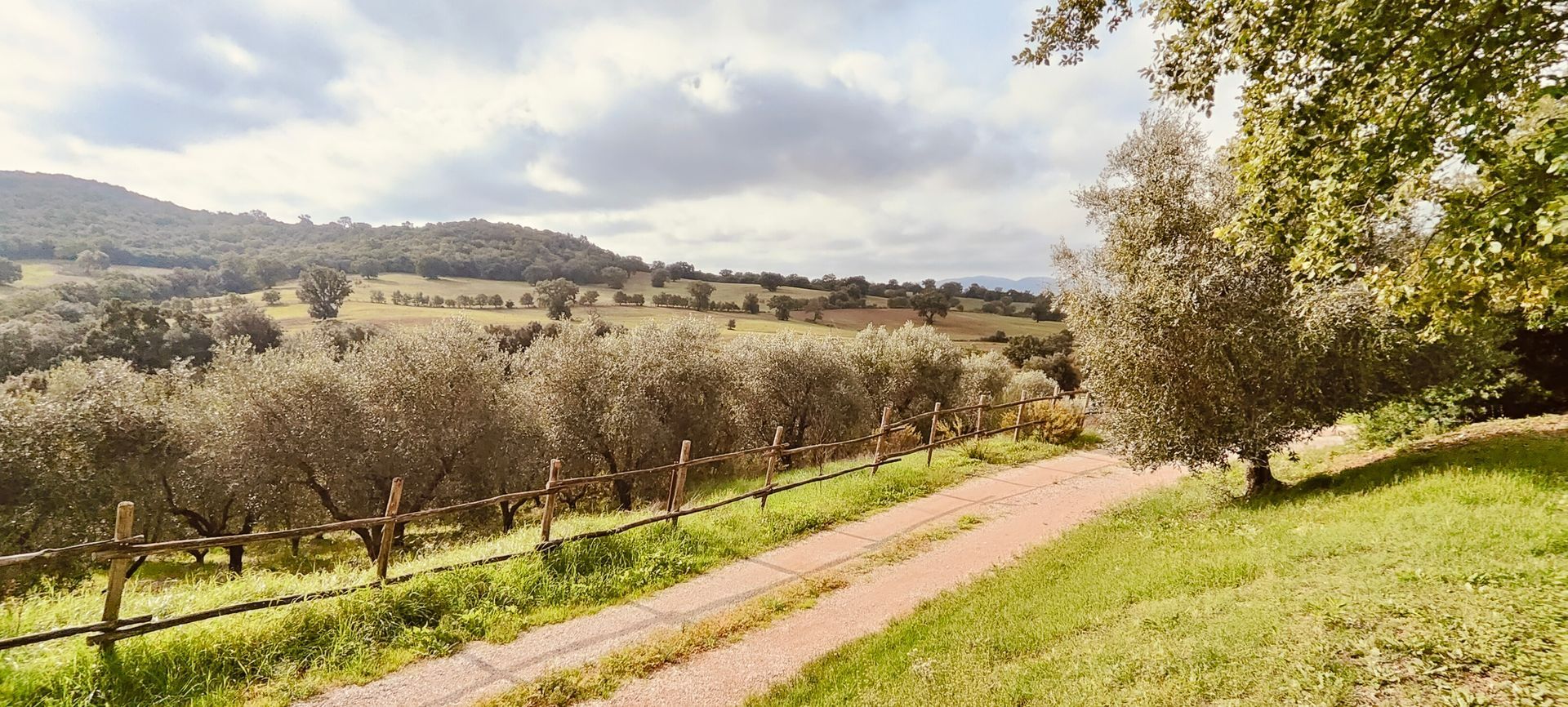Unearthing Grosseto
A Journey Through History and the Authentic Soul of the Maremma
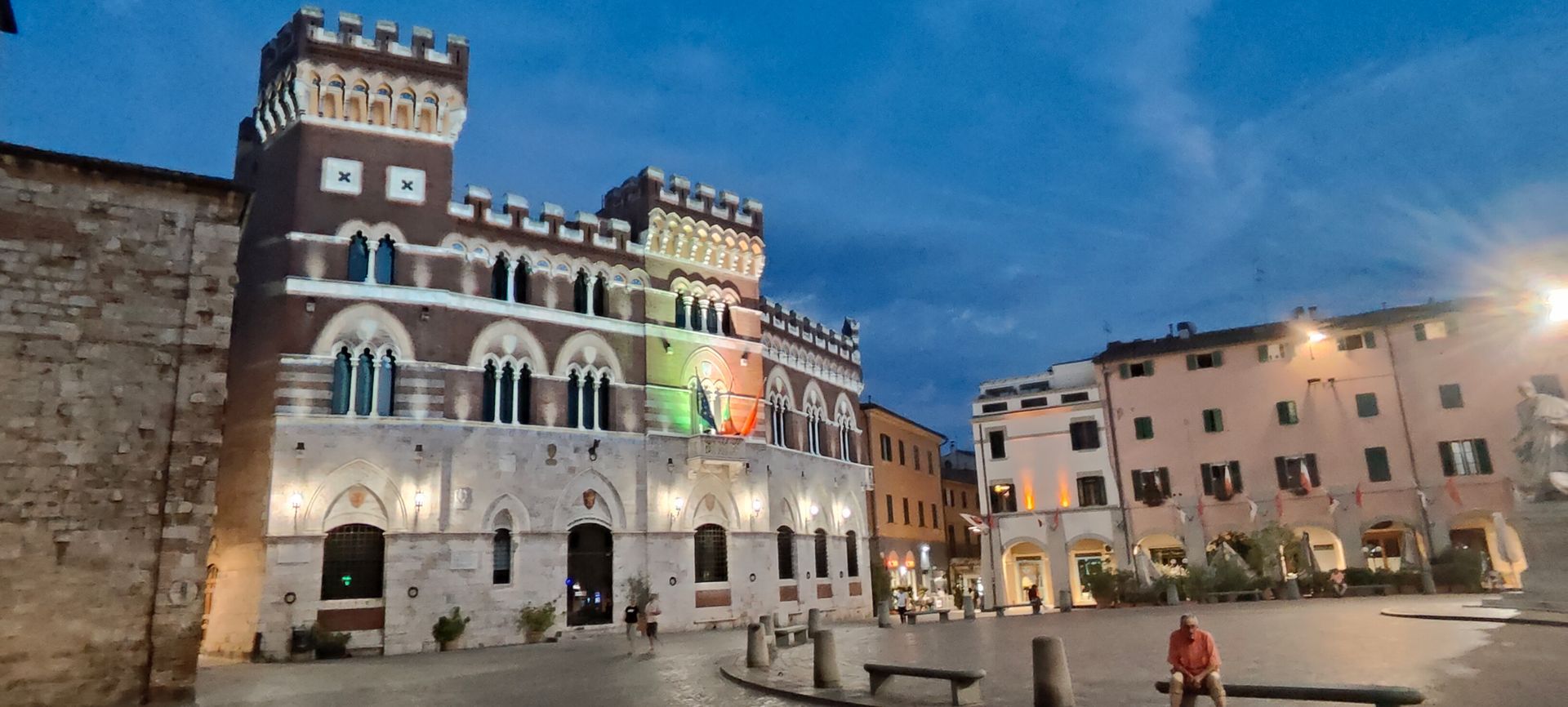
The Heartbeat of Our Tuscan Dream
When we first packed up our lives in Malta for a new beginning in Tuscany, our dream was to discover a way of life that felt authentic and rooted in the land. We found our piece of paradise here at Agriturismo Lo Scalandrino, and with it, we began to unearth the rich, layered beauty of the Maremma. While most people who think of Tuscany picture the rolling hills of Chianti or the art of Florence, we’ve come to see that the true soul of this region beats in Grosseto. It is not a city that demands attention with a flood of tourists, but rather one that welcomes you in to discover its story, a narrative of resilience and quiet rebirth.
We believe that to truly understand the Maremma, you must first understand its capital. This article is our invitation to you, a guide to Grosseto’s origins, its monuments, its vibrant culture, and the authentic experiences that await. We want to show you why this city, and our agriturismo as your peaceful base, is the perfect starting point for a deeper journey into the Tuscan dream.
Grosseto: A Narrative of Resilience and Rebirth
From Etruscan Echoes to a Roman Outpost
The story of Grosseto is not one of continuous glory but of persistent reinvention. The city's roots trace back to an initial settlement mentioned as early as 803 AD, but its rise was a consequence of the decline of its more ancient neighbours, the powerful Etruscan cities of Rusellae and Vetulonia. As these hill towns faded, interest shifted toward the fertile plains, rich with opportunities for farming, fishing in the now-vanished Lake Prile, and collecting salt from the coastal ponds. Archaeological discoveries, including Villanovan and Etruscan artifacts from as early as the seventh century BC, confirm that this region has been inhabited by ancient civilizations for millennia.
Medieval Struggle and Medici Fortification
Grosseto's medieval history was tumultuous. The city was a contested stronghold, frequently caught in the power struggles between the Aldobrandeschi family and the Republic of Siena. This period of conflict led to the destruction of its city walls by the Sienese in 1224. For centuries, the city's economic and demographic strength saw a progressive decline, exacerbated by the devastating plague of 1430, which left the population at only 180 people, and the spread of malaria from the swampy countryside.
A new chapter began in the mid-16th century when the Medici family, having acquired the Sienese Republic, recognized Grosseto's strategic importance as a fortified outpost on the Tyrrhenian boundary facing the Spanish guards. Under the direction of Grand Duke Francesco I de' Medici, new walls were constructed between 1574 and 1593. This ambitious project transformed Grosseto into a military fortress with a hexagonal perimeter, polygonal ramparts, and a surrounding moat.
The Allegory of a Rescued Land
Perhaps the most poignant part of Grosseto's story is its long and arduous battle with malaria. For centuries, the disease, spread by mosquitoes in the coastal marshlands, was a constant threat that stifled the region's development. The city’s inhabitants endured a profound hardship, clinging to survival in a beautiful but afflicted landscape. This centuries-long struggle was only overcome in the 1930s with the completion of massive land reclamation and drainage projects.
This triumph is perfectly captured in the Monumento al Canapone, a 19th-century sculpture located in the city's central Piazza Dante. The statue depicts Grand Duke Leopold II of Lorraine crushing the head of a snake, an act that serves as a powerful allegory for the population’s victory over malaria. This monument is not merely a statue; it is a profound testament to the city’s unwavering spirit and its ability to overcome centuries of adversity. The journey of Grosseto mirrors our own desire to find new life and purpose in this land. It is a place that celebrates fortitude and an authentic connection to the very ground it stands upon.
Discovering Grosseto's Historic Centre
Grosseto's historic centre is a compact and captivating destination, a place where you can easily spend a few hours—or a whole day—walking through history.
The Hexagonal Heartbeat
The first thing you will notice is the city’s stunningly preserved Medicean Walls. They are one of the few examples in Italy where the original city walls remain completely intact, encircling the old town in an almost perfect hexagon. Today, the walls have been transformed from a military defence into a peaceful, tree-lined pedestrian promenade. A leisurely walk along the walls provides a unique perspective, offering a glimpse into the city's past while locals bike, jog, or simply relax.
As you walk the circuit, you'll encounter historical elements like the Bastione Fortezza, which includes the Cassero Senese, a 14th-century tower originally use for defence and later for salt collection. You can also see the Old Gate (Porta Vecchia), the oldest city gate dating to the 14th century, which once provided access from the ancient Via Aurelia.
Piazza Dante: The Beating Heart
At the centre of the historic core lies Piazza Dante, also known as Piazza del Duomo, the social and cultural heart of the city. The square is a masterpiece of architectural harmony, home to the impressive neo-Gothic Palazzo Aldobrandeschi and the stunning Cathedral of San Lorenzo. The Cathedral, dedicated to the city's patron saint, is Grosseto's most important monument, built in the late 13th century. Its striking white-and-pink marble façade and richly decorated portal are a sight to behold, blending Romanesque and Gothic styles that have evolved through centuries of restoration.
A Stroll Down Corso Carducci
From the main square, the elegant Corso Carducci beckons. This main street is a hub for both shopping and strolling, connecting Piazza Dante to the New Gate (Porta Nuova) along a section of the ancient Via Aurelia. As you walk, you'll pass beautiful Art Nouveau and Neoclassical buildings and discover the Church of San Pietro, one of Grosseto's oldest religious sites, with origins dating back to the late eighth or early ninth century.
The Maremma's Storied Treasures
For those who wish to delve deeper into the region's history, Grosseto’s museums offer a wealth of information. The Maremma Archaeological and Art Museum is a must-see, housed in the former courthouse. It preserves a rich collection of artifacts, from the Palaeolithic era to the Middle Ages, with a significant focus on the Etruscan finds from nearby sites like Roselle. Meanwhile, the Polo Culturale Le Clarisse is a modern cultural centre in the historic core that houses diverse collections of European paintings from the 16th to the 19th centuries and contemporary art exhibitions.
Beyond the Walls: The Maremma at Your Doorstep
While Grosseto is a destination in its own right, its true magic lies in its location. The city serves as a central hub for exploring the diverse and authentic landscape of the Maremma, which stretches from the coast to the rugged hills. This wide variety of experiences, all within easy reach, is precisely what makes our agriturismo the perfect home base for your Tuscan holiday.
The Call of the Coast
Just a short drive from Grosseto, the Maremma coastline offers a mosaic of beaches and a peaceful, unspoiled landscape. You can visit the elegant seaside town of Castiglione della Pescaia, known for its clean beaches and excellent services. For a more tranquil escape, discover the secluded Cala Violina, a hidden gem known for its turquoise waters. The area is bordered by the dense Tombolo pine forest, an ideal spot for walking, cycling, or horseback riding.
A Journey into the Past
The Maremma is an open-air museum. The ruins of the ancient Etruscan city of Roselle, just 8 kilometres from Grosseto, are a fascinating journey through time. The site preserves the stratification of Villanovan, Etruscan, and Roman civilizations, and you can still walk through the Roman amphitheatre.
Further inland, the dramatic "tuff towns" of Pitigliano, Sorano, and Sovana seem to rise directly from the steep hills. These villages are famous for the Vie Cave, ancient Etruscan roads carved directly into the soft volcanic rock. Exploring these mysterious paths feels like stepping into a storybook and provides a tangible link to the area's rich heritage.
Thermal Escapes and Artistic Wonders
For a break from history, the Maremma offers unique and surprising experiences. The world-renowned Saturnia hot springs are an iconic destination for a day of relaxation, with their warm, sulphurous waters cascading into natural pools. For something completely different, the Tarot Garden in Capalbio is a whimsical, open-air sculpture park created by artist Niki de Saint Phalle. It is a burst of colour and creativity that is both enchanting and unforgettable.
The accessibility of this rich and varied landscape is one of the most compelling reasons to choose an agriturismo like ours. By staying in one central, tranquil location, you can spend each day exploring a different aspect of the Maremma’s character, from its coast to its hills and its ancient sites, all with the convenience of knowing you have a peaceful, authentic home to return to at the end of the day.
The Soul of the Maremma: Food, Wine, and Cultural Traditions
The Maremma’s vibrant culture is best experienced through its food, wine, and deep-rooted traditions. This is a culinary experience that is distinct from the rest of Tuscany, forged by centuries of peasant history. Our own farm-to-table philosophy is a direct homage to this heritage, which we are excited to share.
The Humble and the Exquisite: Maremma's Peasant Cuisine
Maremman cuisine is often described as a "poor man's food" born from hard labour and the need to make do with what the land provided. Yet, these humble origins have resulted in dishes that are rich, hearty, and full of flavour. The most famous is perhaps Acquacotta, a vegetable soup whose name literally means "cooked water". Though simple, it's a dish of great comfort, made with seasonal vegetable and served over slices of toasted bread with a freshly poached egg and a generous grating of Pecorino cheese.
Another regional staple is Tortelli Maremmani, which are essentially supersized ravioli filled with a delicate mixture of ricotta and spinach. These are traditionally served with a rich, savoury meat ragù or, for a simpler preparation, with just butter and sage. Our farm-to-table approach is inspired by this cuisine, celebrating local ingredients and traditional recipes.
The local love for game is evident in dishes featuring wild boar (cinghiale), which is often prepared as a rich stew or a savoury ragù for pasta. And for those drawn to the coast, Caldaro is a delicious seafood stew with its origins among the fisherman of Monte Argentario. Its ingredients vary depending on the catch of the day, making each bowl a unique experience.
The Wine Revolution
While Chianti and Brunello have long held the spotlight, the Maremma is emerging as a "new star" in the Tuscan wine world. It offers a less formal, more innovative, and versatile wine experience. The region's unique terroir, with diverse soils and a climate influenced by the sea, produces a wide range of red and white wines, from the renowned Morellino di Scansano to international varieties like Cabernet Sauvignon. A visit to a local winery, such as Rocca di Frassinello, allows you to tour a cellar designed by the world-famous architect Renzo Piano and taste exceptional wines. For a truly boutique encounter, head to Tenuta Le Mandorlaie on the way to Scansano—a family-run organic estate dedicated to one single-vineyard Sangiovese. Their Capricci IGT Toscana, crafted from 70-year-old vines and gently aged in seasoned oak, captures the pure essence of Maremma's mineral-rich hills in every sip.
The Legendary Cowboys of the Maremma
The most unique and enduring cultural symbol of the region is the Butteri, or Italian cowboys, whose pastoral way of life dates back to Etruscan times. Their legend was cemented in 1890 when a group of Maremman cowboys supposedly challenged and defeated Buffalo Bill's American cowboys in a horsemanship contest. Today, while their wife of life is under threat, with fewer than 30 full-time Butteri remaining, you can still witness their traditions and skills first-hand through organized excursions and horseback riding tours.
Planning Your Visit from Lo Scalandrino
Travelling to the Maremma is an adventure in itself. The nearest international airport to Grosseto is Pisa (PSA), but Rome's Fiumicino (FCO) is also a very popular and often economical option for international travellers, and from there you can take a train directly to Grosseto. However, to truly explore the vast and diverse Maremma landscape, a car is the best way to get around.
Our agriturismo, located in the heart of this region, is not just a place to sleep; it is a gateway. We are situated in a tranquil area that provides the perfect quiet retreat after a day of exploration. Staying with us means you can easily visit Grosseto's historic centre one day and then embark on a different journey the next, whether to a thermal spring, a coastal village, or a truffle hunt.
The story of Grosseto—its resilience, its history, and its vibrant culture—is the perfect foundation for a Tuscan adventure. It is a working city with an authentic soul, unpolished and real, and we believe it holds the key to the authentic dream so many of us seek. We invite you to stay with us at Agriturismo Lo Scalandrino and unearth this wonderful city for yourself. Let your own story in the Maremma begin.
Photo credit:
- "Bastione Fortezza and Cassero Senese" (Allie Caulfield on flickr.com)
Agritourism in Maremma, Discovering Grosseto History, Farm-to-table Tuscany, Grosseto Historic Centre, Maremma Food & Wine, Maremma Magic, Maremma Wine Revolution, Outdoor Activities Grosseto







